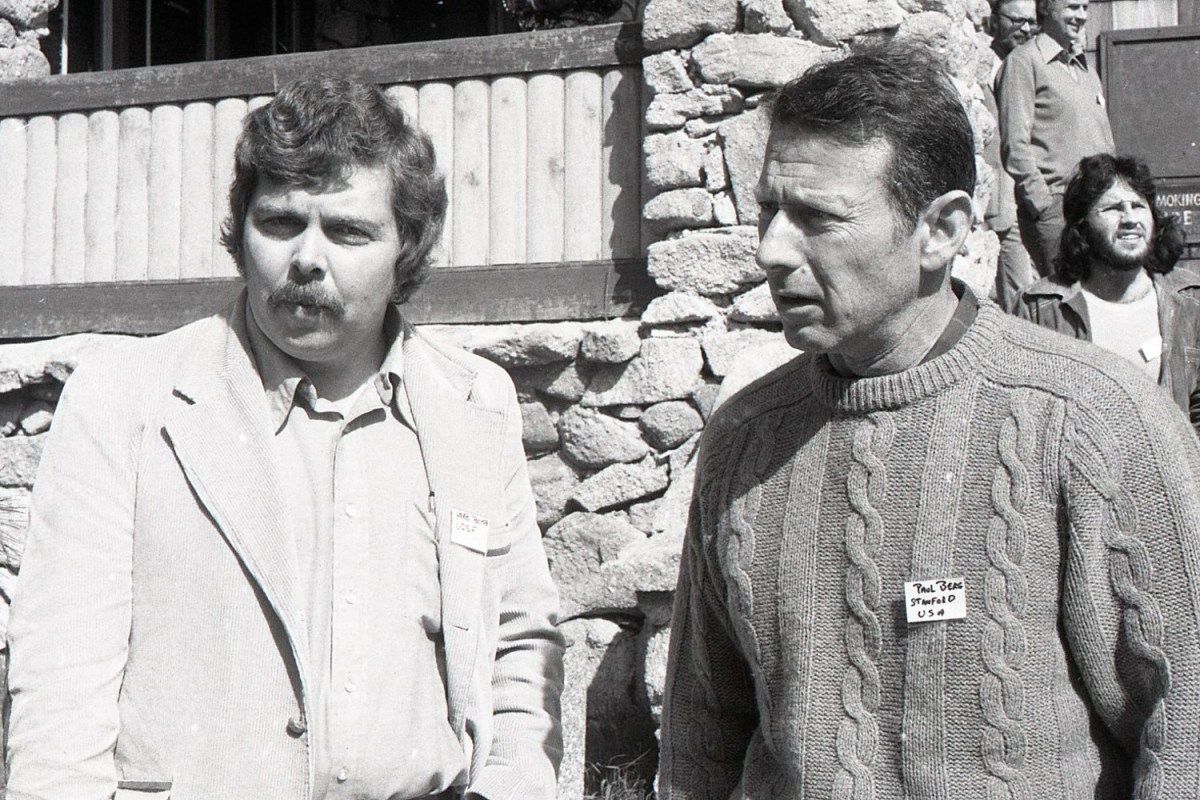In early 1975, a group of biologists from around the world gathered at Asilomar, a conference center in Pacific Grove, California. The purpose of the conference, The New York Times reported afterwards, was “to balance the potential hazards and benefits of the new techniques for manipulating genes.” The genetic engineering described in reports about the event has now become widespread; it’s difficult to imagine the scientific and medical world of today without its discussion of recombinant DNA.
What can we learn from looking back on the landmark event? That’s a question Eva Amsen sought to answer in an article for JSTOR Daily. The conference was, as Amsen pointed out, a different time — one where a general sense of caution prevailed, and some scientists sought to get their colleagues to curb research on subjects they considered too risky.
Amsen also noted that the conference’s legacy is largely positive, in terms of the methodology used there — and that “observers consider Asilomar an exemplar of how scientists might debate risk and devise sensible guidelines; indeed, it set a standard for such conversations.” That said, there was one big way in which the conference did not echo the structure of similar events to follow: Amsen wrote that public interest groups did not take part.
In a 2008 essay published in Nature, one of the conference’s participants, biochemist Paul Berg, sought to apply some of Asilomar’s lessons to the 21st century. Berg was also skeptical that such an event could take place again, however. “A conference that sets out to find a consensus among such contentious views would, I believe, be doomed to acrimony and policy stagnation,” he observed.
Debates over Asilomar’s legacy continue in different scientific disciplines as well. In 2017, Jack Stilgoe and Andrew Maynard discussed the aftermath of a like-minded conference that took place in the same location but had a different focus: AI. They weren’t the only ones to see parallels between the two events; in 2024, Saddat Nazir compared the two in an article for Harvard International Review, pointing to lessons from the earlier event that still apply.
“[O]versight and innovation are not necessarily incompatible,” Nazir wrote, even as he observed that comparisons can only go so far. With the ethics and dangers of both genetic engineering and AI still frequently debated, there’s plenty in the archives to learn from, and a number of risks ahead.
More Like This
Whether you’re looking to get into shape, or just get out of a funk, The Charge has got you covered. Sign up for our new wellness newsletter today.

